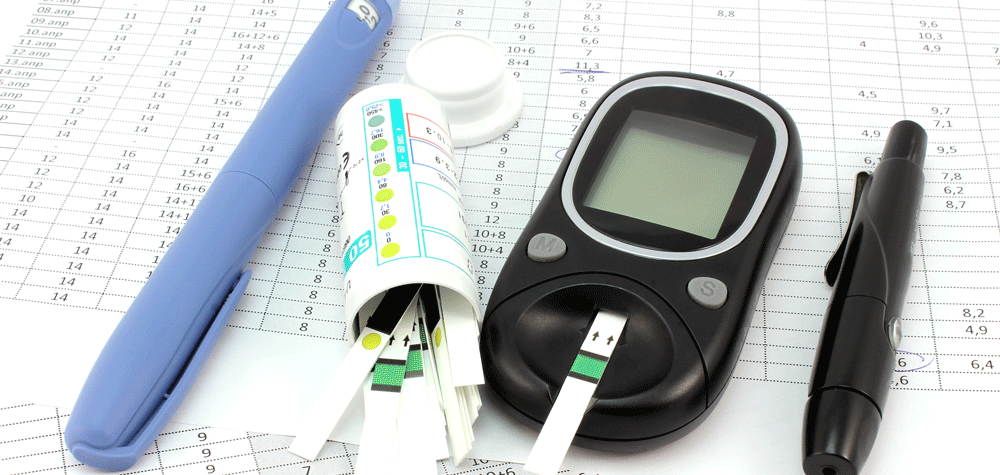
It takes a little detective work to diagnose diabetes.
That's because symptoms can come on slowly or seem similar to other illnesses or conditions. But once your physician conducts a few simple tests, your probability of having diabetes can be easily determined.
In simple terms, diabetes means your body has difficulty using and storing glucose. When glucose becomes more pronounced in the system, blood sugar levels increase significantly. Left untreated, diabetes can cause a multitude of health issues.
The disease is diagnosed in two categories: Type 1 (also known as Juvenile Onset Diabetes) develops in children or young adults when the pancreas stops producing insulin.
Type 2 (also known as Adult Onset Diabetes) develops generally in people older than 40 when the pancreas does not produce enough insulin, or the body cannot use it effectively. Unfortunately, Type 2 onset is becoming more prevalent in children as well.
Fortunately, diabetes can be managed with proper diet and - if necessary - insulin injections or other drugs.
Patients who take care of themselves carry on normal lives. Actor Tom Hanks, former presidential hopeful Mike Huckabee and NASCAR race drive Ryan Reed are among high-profile people who have diabetes. They serve as inspirations for people who have been recently diagnosed or deal with the disease every day.
Managing diabetes takes a lot of work. Diabetics have to adapt their lifestyles - including regularly checking their blood sugar levels, getting exercise, eating right and taking insulin shots or other medicine.
Proper care, though, starts with the diagnosis. Since 95 percent of diabetic conditions are classified as Type 2 (Adult Onset), recognizing the warning signs can lead to early treatment and a much better long-term prognosis.
Annual checkups with your physician (including blood work) is a good way to determine if your sugar levels are in the normal range.
However, symptoms can "sneak up" on you in between annual exams. That's why it is important to listen to your body and see a doctor immediately if you are experiencing these indicators of Type 2 diabetes:
Frequent Urination
Your kidneys let you know when something is not right. Kidneys flush out excess glucose when your body isn't producing enough insulin to break down sugar. So, your bladder follows suit on command from the kidney and gets rid of excess glucose through lots of urine.
Increased Thirst
Once the body starts urinating more frequently, it sends a signal to your brain that you need more water. Untreated diabetics get dehydrated and become more thirsty than usual.
Unexplained Weight Loss
Having Type 2 diabetes is NOT a good way to lose weight. Because of the frequent urination, calories are not properly processed. Cells become starved for glucose, and the weight drops.
Increased Hunger
Again, this might not make sense. How can you be so hungry, yet lose weight? The digestive system depends on its synchronized parts to properly nourish the body. Type 2 diabetics simply cannot get enough glucose into their cells. So, another signal is sent to the brain to consume more calories to compensate for the breakdown.
Blurred Vision
Diabetes affects muscles throughout the body - most especially in the eyes. The eyes' natural lens are controlled by muscles. When diabetics experience lots of high and low blood sugars, eye muscles have a difficult time adapting quickly.
There are other symptoms that appear in diabetic conditions, but not always. They include foot pain or numbness, frequent infections, fatigue or areas of darkened skin.
If you noticed these symptoms or have questions, contact your physician and get tested. You also can contact the Johnson Memorial Health Diabetes Care Center at 317.346.3846.
